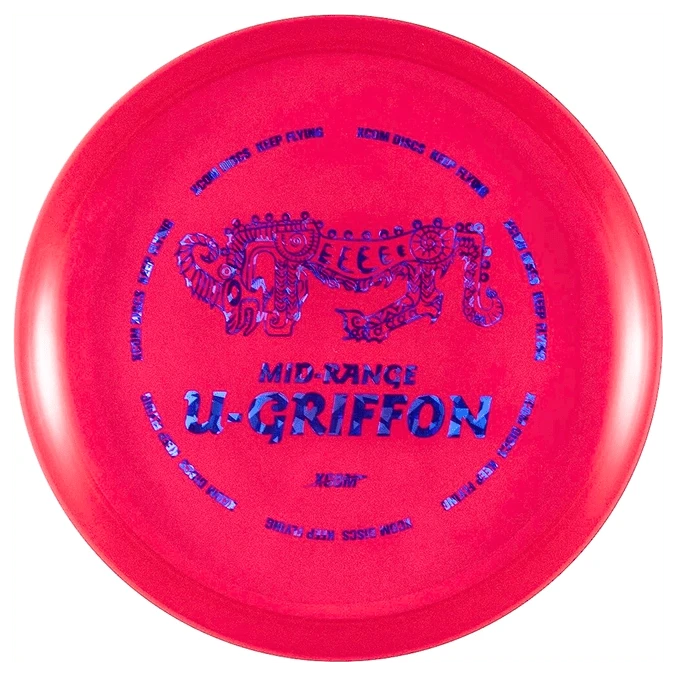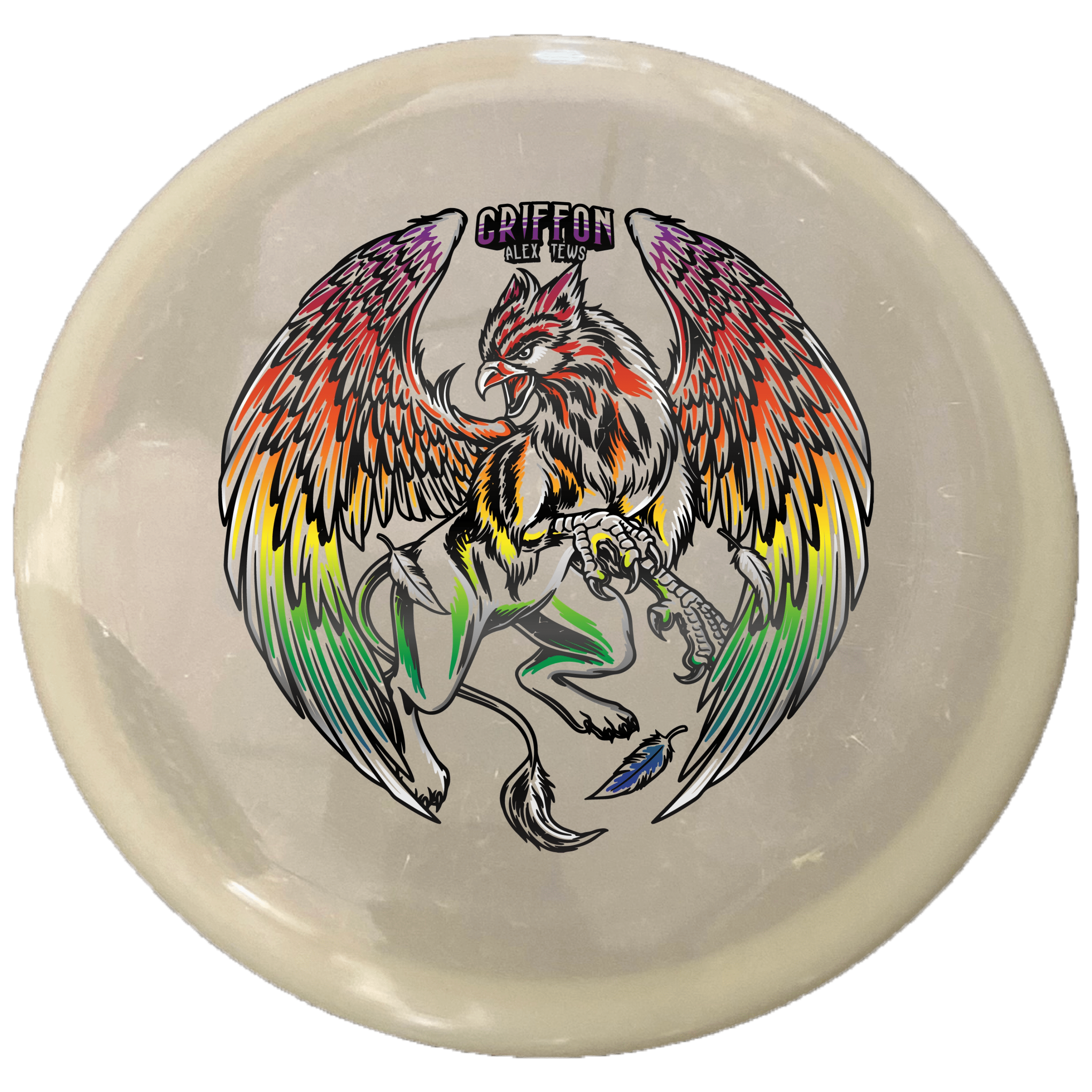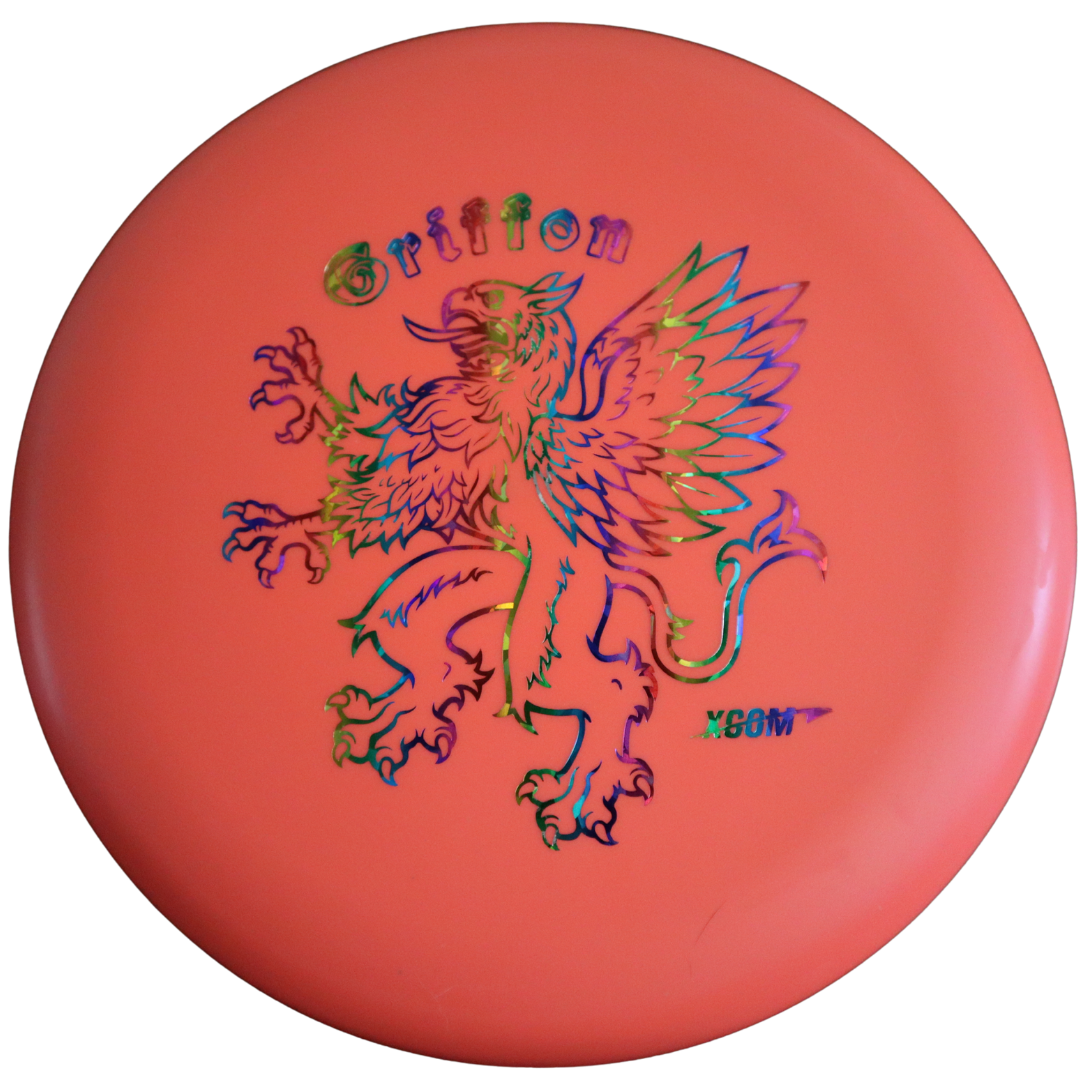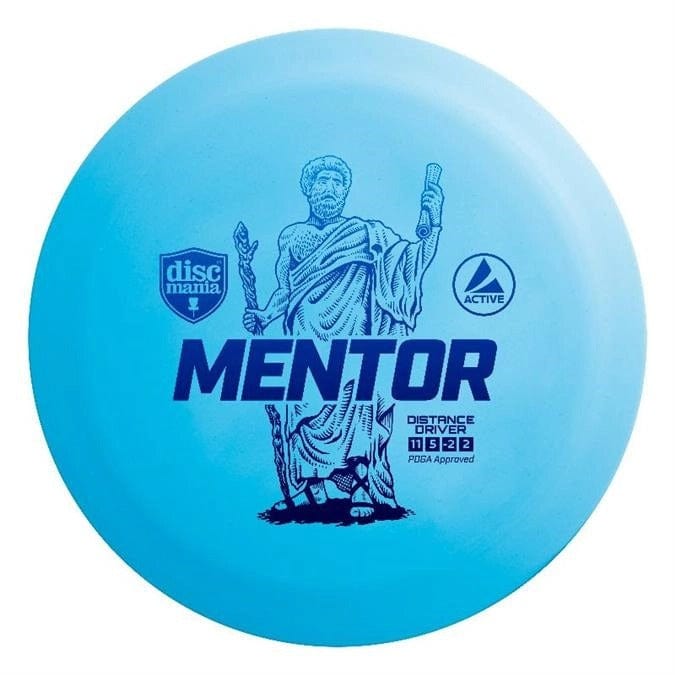A utility disc is not your everyday driver or putter — it’s the problem-solver you keep tucked in your bag for the weird, tricky, or flat-out ugly shots. Utility discs cover a wide range of plastics, flights, and shapes. Here are the main types:
These are the squishy, ultra-soft discs that land and just stay put. Perfect when you’re on a slope, near rocks, or don’t trust the ground to be kind. The floppy plastic kills skips and roll-aways, making them some of the most reliable utility discs you can own.
Sometimes you need something that flips like crazy. That could be a flippy driver you only break out when you throw it high and need it to turn all the way over, or an ultra-understable midrange that will turn with barely any power — even nose-up or on a hyzer release. These discs are built for situations where you must avoid a fade at the end.
On the other end of the spectrum are the beefcakes. These are so overstable that even the nastiest anhyzer release will still fight back. Think discs that can handle hurricane winds, spike hyzers that go almost straight up and down with almost no side movement, or rollers that hold a perfectly straight line under a low ceiling.
Skipping Discs
Not every utility disc is meant to stop dead. Some are designed to hit the ground and take off like a hockey puck. Overstable fairway and distance drivers can be thrown low to the ground for a big, predictable skip around obstacles.
Floating Discs
Specialty plastics, like Innova’s R-Pro or other floating blends, are perfect for water carries. If you play near ponds, rivers, or lakes, a floating utility disc is a lifesaver. Literally.
Discs That Don’t Glide
Sometimes you want less flight. Certain overstable putters or flat-topped mids have almost no glide, which means you can throw them hard without worrying they’ll sail too far. These are money for short, precise shots where control matters more than distance.
In short: a utility disc can be floppy, flippy, beefy, skippy, floaty, or downright strange. But they all serve the same purpose — solving the shots your normal discs can’t handle.















